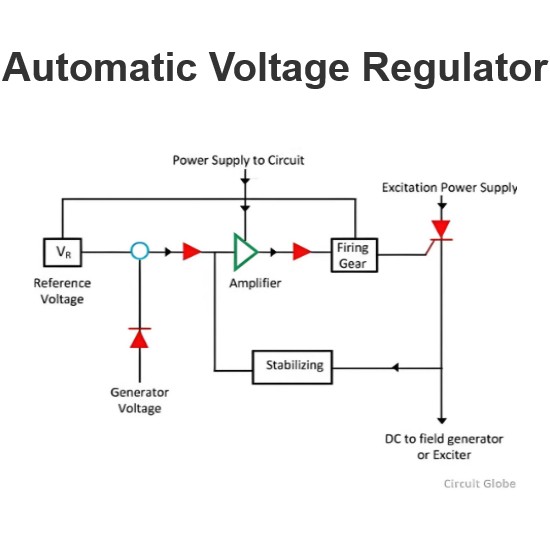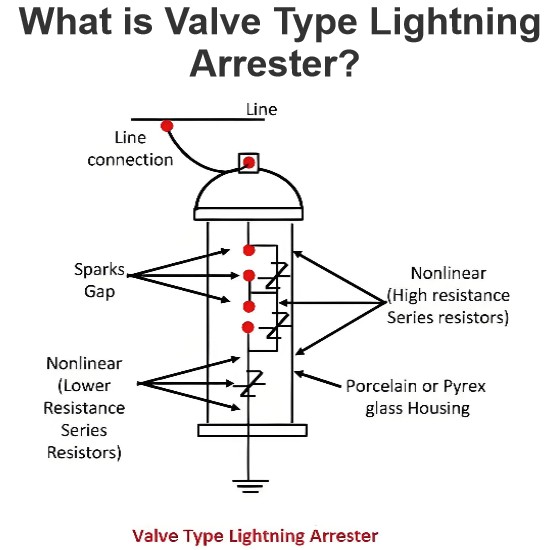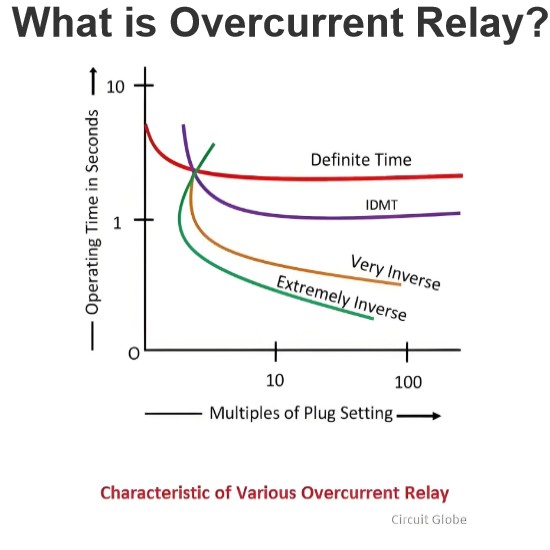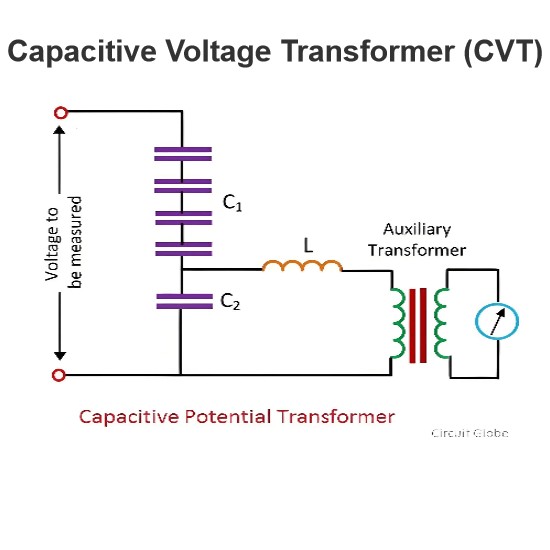What is home electrical installation, and why is it important?
Overview of Home Electrical Installation
Home electrical installation refers to all engineering work related to power supply, distribution, and the connection of electrical devices within a residential property. This includes bringing electricity from the external grid into different parts of the home, as well as installing and wiring outlets, switches, lights, and other electrical fixtures. Home electrical installation is a complex task involving multiple steps and technical requirements, and it should be performed by professional electricians.
Importance of Home Electrical Installation
Safety:
Preventing Electric Shock: Proper electrical installation can effectively prevent electric shock accidents, protecting the lives of family members.
Fire Prevention: Reasonable wire placement and compliant electrical devices can reduce the risk of fires, ensuring the safety of household property.
Functionality:
Meeting Daily Needs: Home electrical installation must meet the various electrical needs of family members, such as lighting and appliance use.
Flexible Expansion: Proper wiring and outlet layout can facilitate the addition of new electrical devices in the future, enhancing convenience.
Compliance:
Meeting Standards: Home electrical installation must comply with national and local electrical installation standards and regulations to ensure quality.
Passing Inspections: After installation, the system usually needs to pass inspections by relevant authorities to ensure compliance with safety and regulatory requirements.
Energy Efficiency:
Efficient Power Usage: Choosing and installing efficient electrical devices and wiring can reduce energy waste and lower electricity bills.
Smart Controls: Modern home electrical installations can integrate smart home systems, enabling remote control and automated management, further improving energy efficiency.
Aesthetics:
Hidden Wiring: Proper wiring design can conceal wires, maintaining a tidy and aesthetically pleasing home environment.
Coordinated Design: The placement of outlets, switches, and lights should be coordinated with the interior decoration style to enhance overall aesthetics.
Main Contents of Home Electrical Installation
Power Supply Introduction:
Service Entrance Cable: Bringing electricity from the external grid to the main distribution panel.
Main Distribution Panel: Installing the main circuit breaker and branch circuit breakers to distribute power to different rooms and devices.
Wiring:
Wire Selection: Choosing appropriate wire types and gauges based on load requirements.
Wiring Methods: Using suitable wiring methods, such as conduit wiring or concealed wiring.
Outlets and Switches:
Number and Placement: Setting up the appropriate number and placement of outlets and switches based on family members' needs and habits.
Type Selection: Choosing suitable types of outlets and switches, such as splash-proof outlets and illuminated switches.
Lighting:
Light Fixture Selection: Choosing appropriate light fixtures based on room function and decoration style.
Layout Design: Properly placing light fixtures to ensure effective illumination and energy savings.
Grounding and Protection:
Grounding System: Installing a reliable grounding system to ensure the safe operation of electrical devices.
Protective Devices: Installing residual current devices (RCDs), overload protectors, and other protective devices to provide multiple layers of protection.
Conclusion
Home electrical installation is not only the foundation for ensuring the safety and functionality of a home but also an important means of improving quality of life and energy conservation. Through professional design and construction, a safe and efficient electrical system can be achieved, providing a comfortable and convenient living environment for family members.
The Electricity Encyclopedia is dedicated to accelerating the dissemination and application of electricity knowledge and adding impetus to the development and innovation of the electricity industry.




